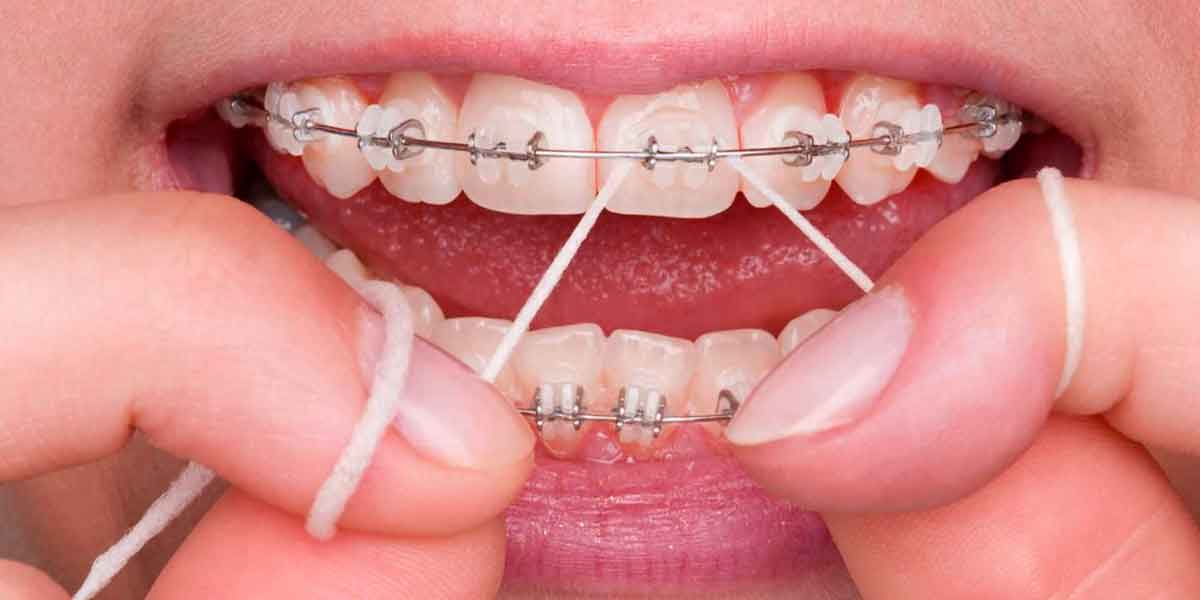Dental braces serve as a common orthodontic solution to correct teeth misalignment and enhance oral health. Despite initial apprehensions, the long-term advantages justify the investment. This article delves into the benefits of dental braces, the treatment process, and the reasons why they are essential for achieving a healthier and more aesthetically pleasing smile.
Advantages of Dental Braces
Dental braces offer a multitude of benefits beyond just straightening teeth. They play a pivotal role in enhancing overall oral health and boosting self-esteem.
Enhanced Oral Health
Misaligned teeth can impede proper oral hygiene, leading to an increased susceptibility to tooth decay, gum disease, and other dental complications. Braces aid in aligning teeth correctly, facilitating effective brushing and flossing, thereby reducing the risk of plaque buildup, cavities, and gum inflammation.
Improved Bite Alignment
In addition to aligning teeth, braces rectify bite issues such as overbite, underbite, crossbite, and open bite. Proper bite alignment is crucial for efficient chewing and speaking, preventing excessive tooth wear, jaw discomfort, and temporomandibular joint (TMJ) disorders.
Aesthetic Enhancement
A well-aligned smile is often associated with attractiveness and confidence. Dental braces significantly enhance smile aesthetics, elevating self-esteem and confidence levels. This positive transformation can impact social interactions and professional opportunities.
Long-Term Savings
While the upfront cost of braces may seem substantial, they can lead to long-term savings by averting more severe dental problems that may necessitate costly treatments. Investing in orthodontic treatment now can mitigate the need for future dental procedures and enhance overall oral health.
The Process of Acquiring Dental Braces
Understanding the process of obtaining braces can alleviate concerns and prepare individuals for what to anticipate. Here is a step-by-step overview of the treatment process:
Initial Consultation
The initial step involves a consultation with an orthodontist who evaluates the teeth, bite, and overall oral health. Treatment goals are discussed, and assessments like X-rays, photographs, and teeth impressions are conducted to formulate a detailed treatment plan.
Treatment Planning
Based on the evaluation, a customized treatment plan is devised to address specific needs. This plan outlines the recommended braces type, treatment duration, expected outcomes, as well as associated risks, benefits, and costs.
Braces Placement
Following the treatment plan finalization, braces are affixed. This process entails teeth cleaning, application of adhesive to attach brackets, placement of archwires, and securing with elastic bands, typically taking one to two hours.
Adjustments and Follow-Up
Regular follow-up visits are crucial for monitoring progress and making necessary adjustments. These visits, occurring every four to six weeks, involve tightening archwires, replacing elastic bands, and addressing any concerns or discomfort to gradually shift teeth into desired positions.
Oral Hygiene Maintenance
Maintaining optimal oral hygiene during orthodontic treatment is imperative. Braces can trap food particles and plaque, increasing the risk of cavities and gum disease. Thoroughly brushing after meals, daily flossing, and using mouthwash are essential. Orthodontists may recommend specialized tools like interdental brushes or water flossers for effective brace cleaning.
Various Types of Dental Braces
Several types of dental braces are available, each with distinct advantages and considerations. Orthodontists recommend the most suitable option based on individual needs and preferences.
Traditional Metal Braces
Traditional metal braces, comprising metal brackets and wires, are the most prevalent type. Modern iterations are smaller, lighter, and more comfortable, effectively treating a wide array of orthodontic issues.
Ceramic Braces
Similar to metal braces, ceramic braces feature clear or tooth-colored brackets blending with teeth for a less conspicuous appearance. They are popular among older teenagers and adults seeking a discreet treatment option.
Lingual Braces
Lingual braces, placed on the back of teeth, are virtually invisible from the front, offering the same efficacy as traditional braces while remaining hidden. Specialized training is required for placement and adjustment.
Invisalign
Invisalign employs clear, removable aligners to gradually straighten teeth. Custom-made aligners are replaced every one to two weeks, catering to adults and teens desiring inconspicuous orthodontic treatment with added convenience and flexibility.
Assessing the Value of Dental Braces
Determining the worth of dental braces hinges on individual needs, goals, and commitment to treatment. Several factors should be considered:
Commitment to Treatment
Orthodontic treatment with braces necessitates regular follow-up visits, diligent oral hygiene maintenance, and adherence to orthodontist instructions. Dedication to the process can yield highly rewarding results.
Long-Term Benefits
The enduring benefits of dental braces, encompassing improved oral health, enhanced bite alignment, and aesthetic enhancement, often outweigh temporary inconveniences, fostering confidence and overall well-being.
Cost Considerations
While cost may be a concern, many orthodontic practices offer payment plans and financing options to enhance affordability. Investing in braces can prevent severe dental issues, potentially saving money on extensive treatments in the future.
In Conclusion
Dental braces represent a valuable investment in oral health and appearance. Despite requiring time, effort, and commitment, the benefits of enhanced oral health, improved bite alignment, and a beautiful smile justify the endeavor. Consultation with an experienced orthodontist is recommended to explore options and devise a personalized treatment plan. With the right approach and dedication, a healthy, confident smile can be achieved for a lifetime.




